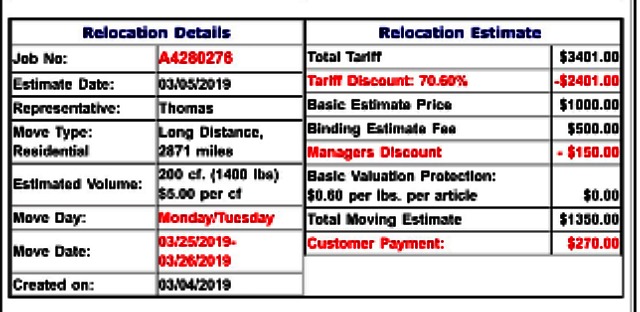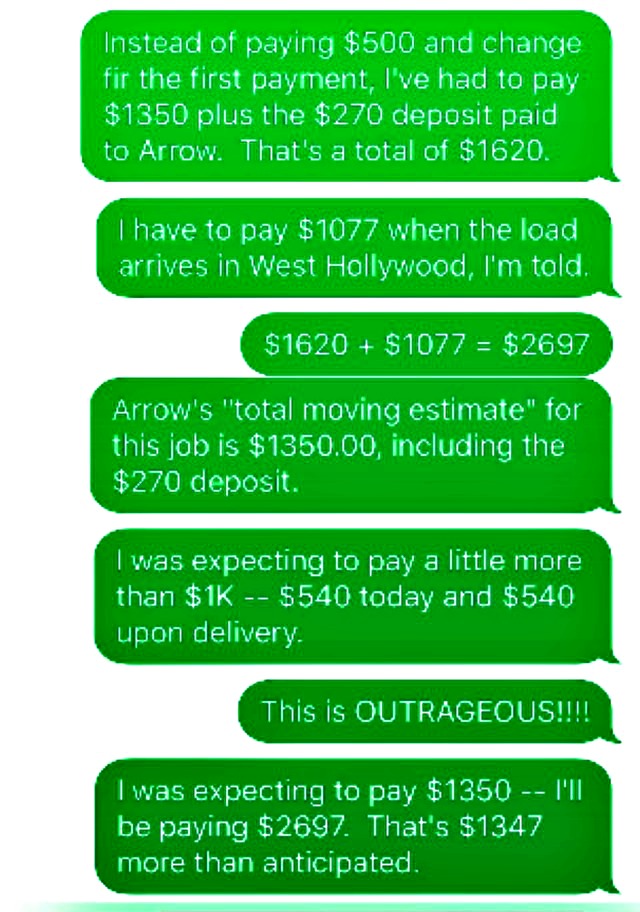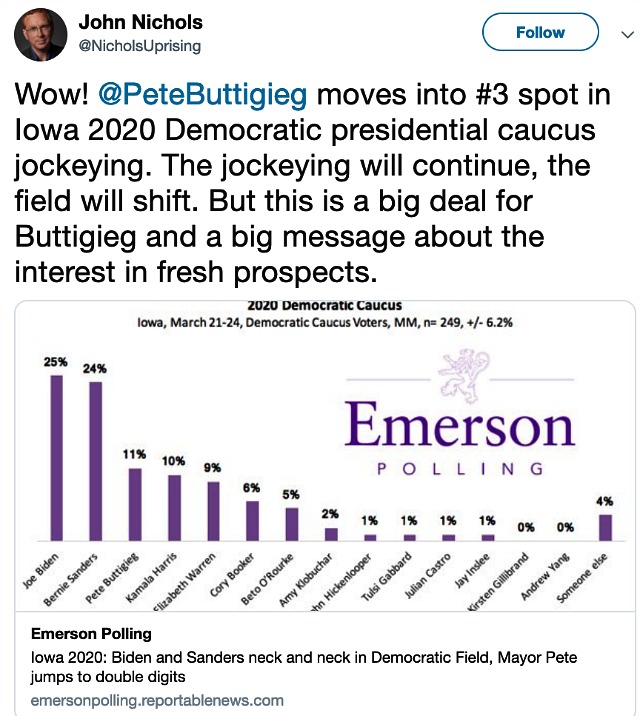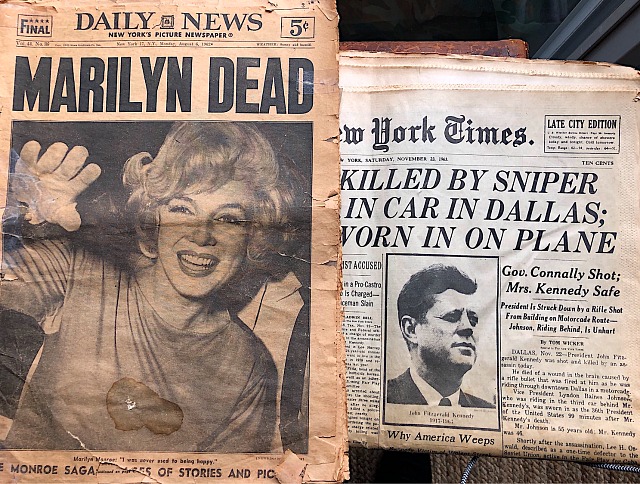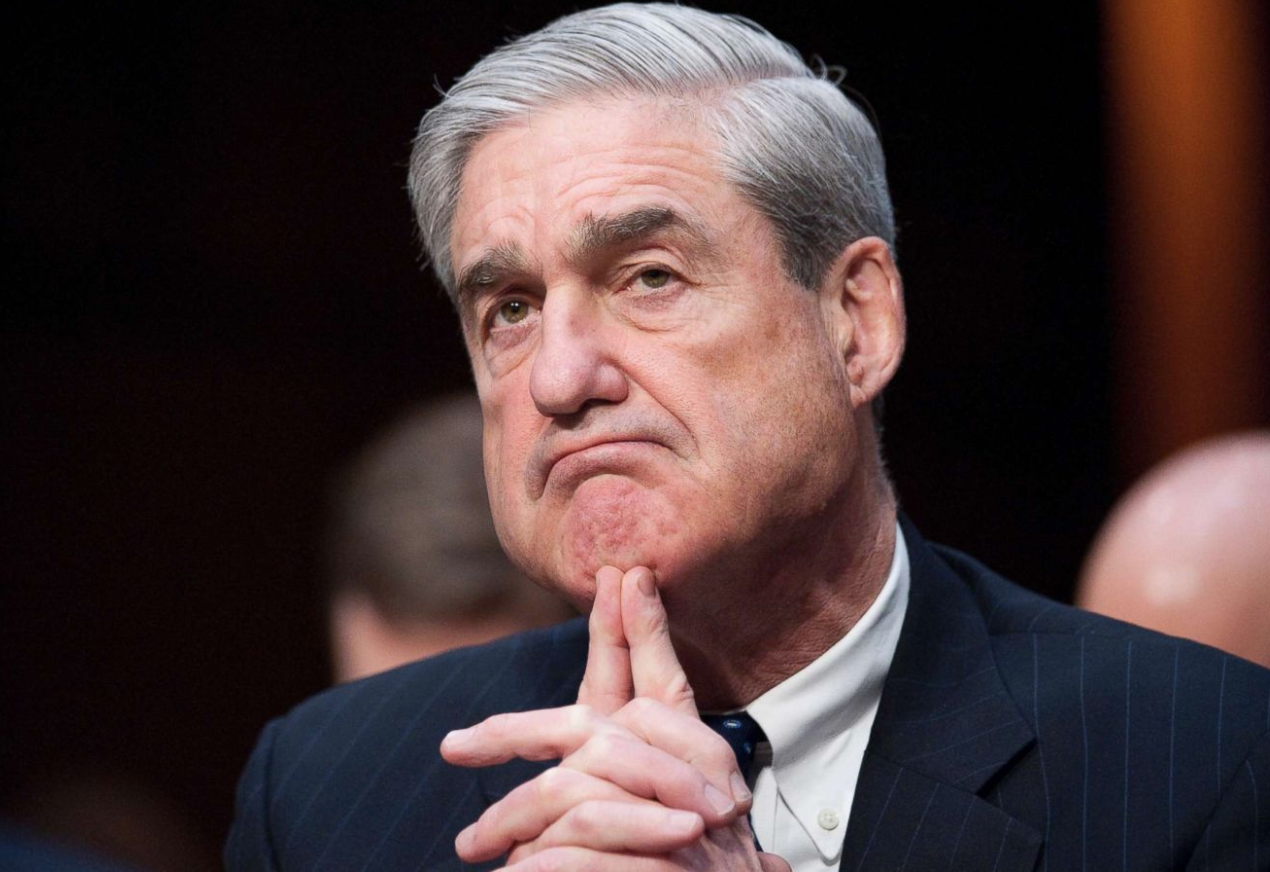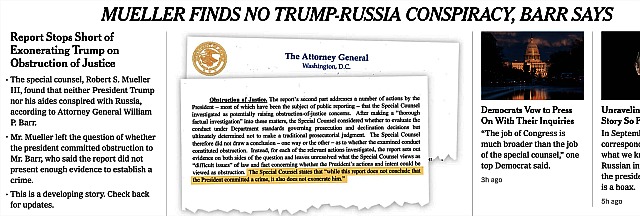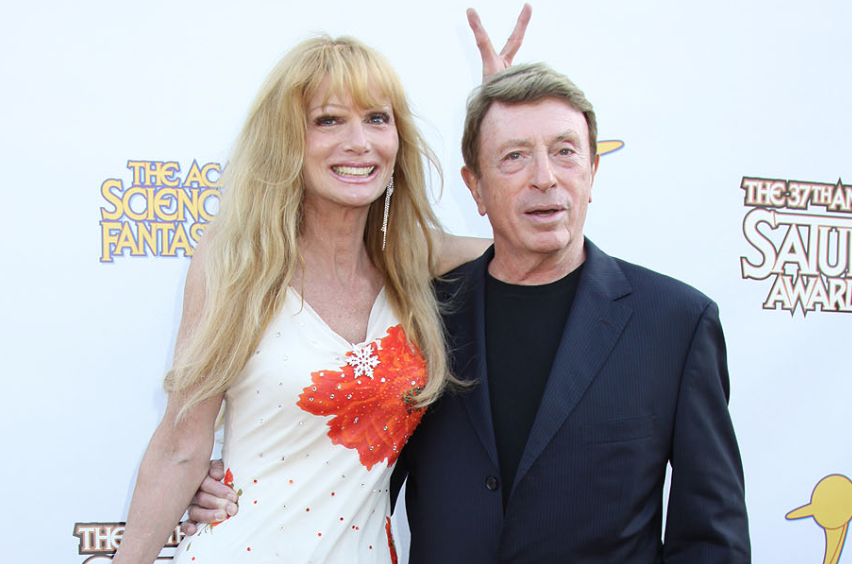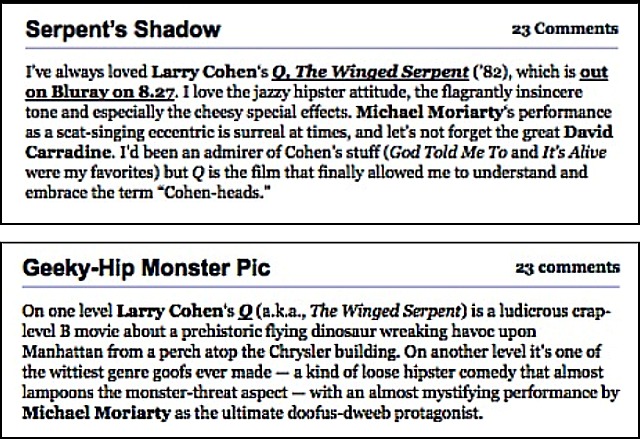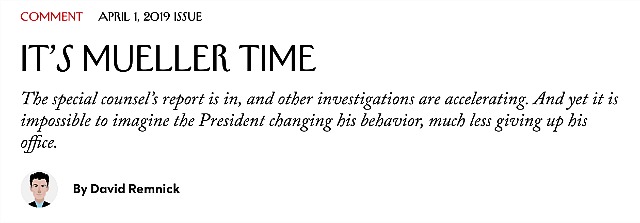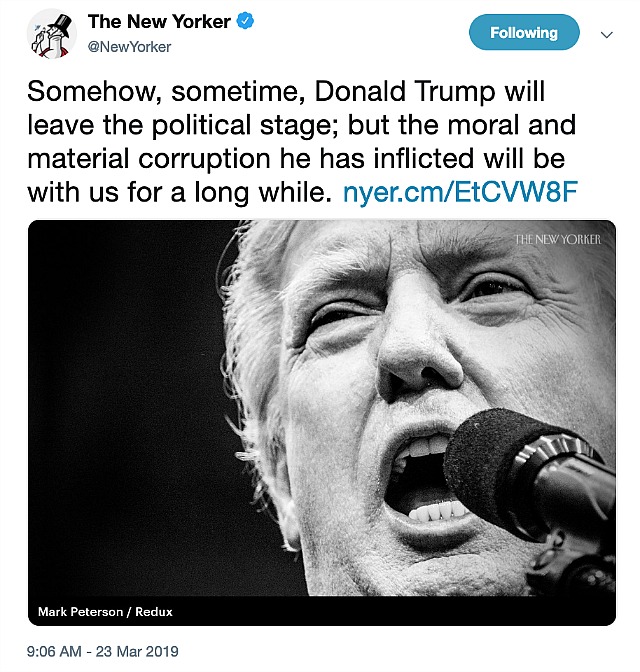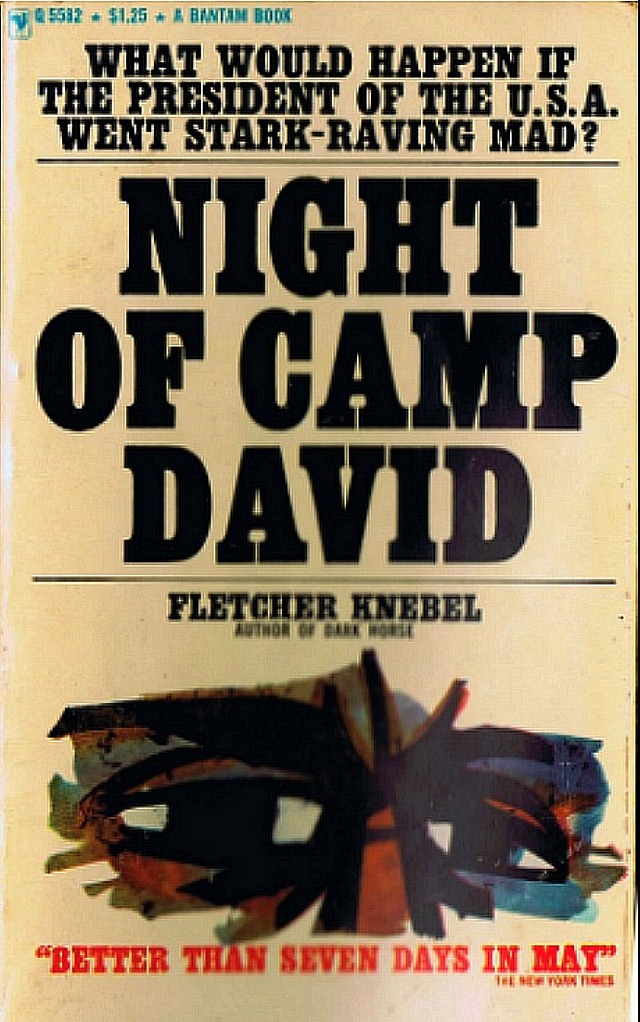The other day I riffed on the trailer for Noah Hawley‘s Lucy in the Sky (Fox Searchlight). It stars Natalie Portman as an astronaut who suffers some kind of emotional-spiritual crisis following a longish space voyage.
The emotional breakdown drama is “loosely” based on some real-life unhinged behavior (stalking and threatening a perceived romantic rival) by astronaut Lisa Nowak in early ’07.
The episode was prompted by the breakup of Nowak’s sexual relationship with fellow astronaut William Oefelein and more particularly by her discovery that Oelefein had become involved with another, somewhat younger woman named Colleen Shipman.
Oefelein and Shipman have been married since 2010. They live in Anchorage with a young son.
Nowak was initially arrested for an attempted murder of Shipman, but later pled guilty to a reduced charge of burglary and misdemeanor battery.
Three years ago Shipman spoke to People‘s Jeff Truesdell in an attempt to explain what had actually happened and to defend her husband from impressions that he had behaved like a rake.
Shipman tells Truesdell that her first meeting with Oefelein happened at a party in November ’06, at which time Oefelein, whose romantic relationship with Nowak had begun sometime in ’98 or thereabouts, had disengaged and was more or less free to cat around.
Truesdell reports that Oefelein and Shipman “exchanged phone numbers” as the party drew to a close, and that “the next night they went on a double-date for pizza and darts.”
Curious as this may sound, the reason I’ve written about this turbulent romantic triangle is the phrase “pizza and darts.”
Until I read the term in Truesdell’s article I’d never once heard it, much less gone on a “pizza and darts” date of my own.” I’m trying to imagine what kind of person would characterize a romantic date as being about eating pizza and playing fucking darts. I haven’t played darts in a bar in eons. Who regards the throwing of darts as an activity worthy of even an anecdote? And by the way, wouldn’t a more accurate description be pizza, darts and suds (i.e., beer)? Or pizza, darts and wine? Don’t you have to be half-bombed to even want to play darts in the first place?
I’m sorry but the whole thing has just blown my mind. Hollywood Elsewhere has never gone out for pizza and darts…not once, not ever. And I never will. But there are people out there who have.
Did Scott and Zelda, Roberto Rossellini and Ingrid Bergman, Jack and Jackie, Tomcat or Brangelina ever go out for pizza and darts? Has anyone of any consequence ever engaged in this activity as an object in or of itself? Is there anyone in the HE community who’s ever invited a would-be romantic partner for p & d? Has anyone ever heard the term before reading this article? I’m serious. I really want to know.



